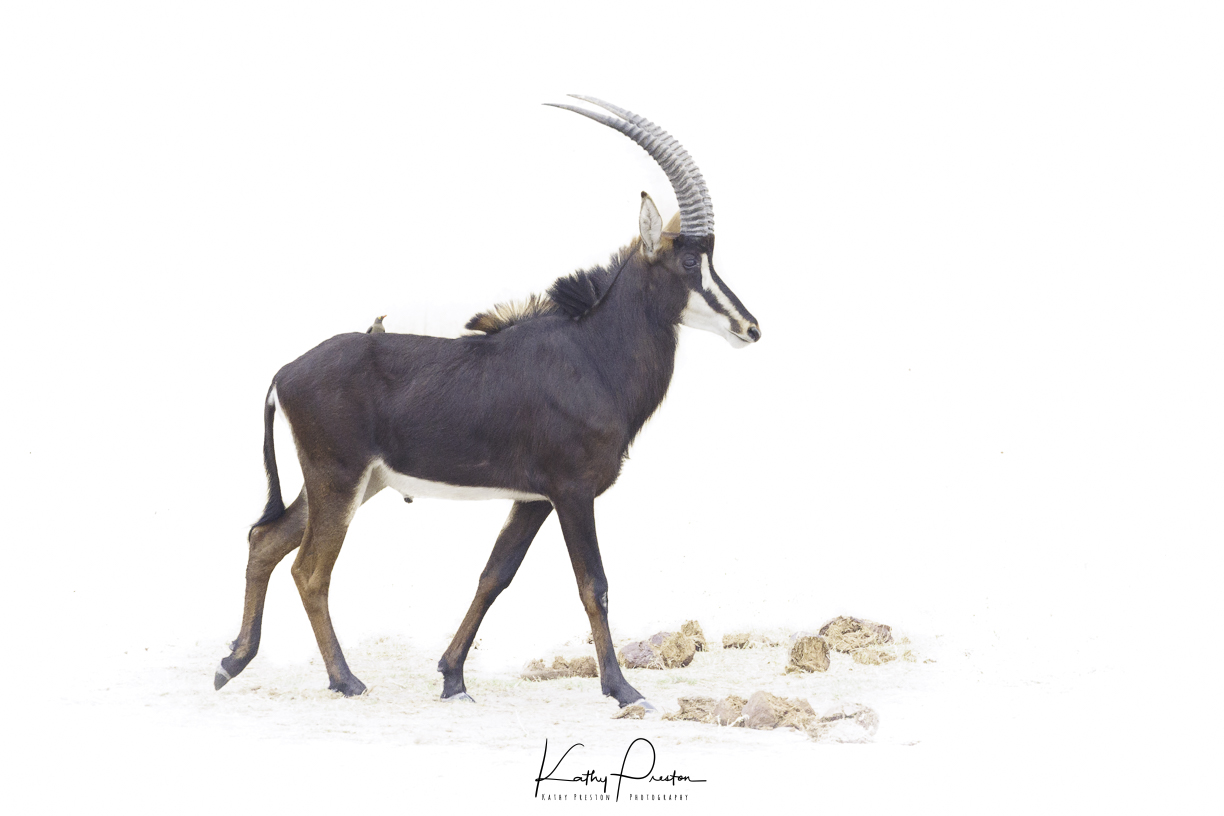- Magical Mana Pools – Arriving at Zambezi Expeditions
- Magical Mana Pools – the first full day
- Magical Mana Pools – Day 2 – time to meet Boswell!
- Magical Mana Pools – Day 3 – Bee Eaters & Lions
- Magical Mana Pools – the last day and a half
- An “armchair safari” at the incomparable Kanga Camp
- Welcome to Hwange National Park – Part 1
- Hwange National Park – Part 2 – Lots of Lions
The time had come to say goodbye to Mana Pools and Kanga Camp. It was a short drive to the Dandawa Airstip where our cessna was waiting for us. Once the pilot finished his pre-flight checks our bags were loaded and the runway was checked for wildlife – time for takeoff.!

After a short stop in Kariba to pick up more passengers and refuel, our flight took us south-west to Hwange (pronounced “wangee”) National Park, on the border of Botswana. Our final destination for this trip was Somalisa Expeditions camp in the eastern section of the park.

As usual, we received a warm welcome and once again we were the only guests in camp. Here’s a short video of my “tent” and the living/dining area.
Founded in 1928, at almost 15,000 square kilometres, Hwange National Park is the largest national park in Zimbabwe. It is said to be home to one of the largest elephant populations in Africa, but there is so much more.


One thing you can be pretty sure of in the dry season is that, at some point, all of the wildlife will come to one of the water holes for a drink. The trick is knowing where the wildlife is and which water hole they’ll visit. That’s where an experienced, well connected guide comes in. Late in the afternoon of our first day we watched with great excitement as these lovely ladies and their cubs make their way down for a drink.



There is something really special about the sounds of the African bush – it comes alive overnight with elephants trumpeting and lions calling. That first night, in the early morning hours, we could hear a lion calling continuously. The next morning, as we were leaving camp, we came across this young male lion, who we named Rambo. Chased away from the pride by his father (he’s competition now), he was alone and calling for his sisters. He looked so sad…



Of course, the danger in him calling for his sisters is that his father (Netsai) may also hear him and run him off again…
It’s not just ellies & lions – there was this little fellow, peaking out to say hello…

There were also a lot of giraffe here. They are at their most vulnerable when drinking, so it takes them a while to commit to it, especially if they are alone.


The sable is one of the larger antelopes, while they aren’t endangered, they aren’t often seen.

The bright yellow grass provides the perfect opportunity for a high key image, especially with a dark subject like the sable


During the dry season, elephants will dig in the ground and eat the soil to replenish the minerals in their system. I think this little one was getting a lesson from Mom…

I know I said it wasn’t all about the elephants, but this I had to share. See the little bits of pink on the baby elephant’s ears and feet? Well, according to our guides, that means the baby probably wasn’t more than a few hours old! How incredible is that!

The experience in Hwange was more of a traditional African safari experience than we’d had in Mana Pools, complete with sundowners at the end of the day. From under an acacia tree near the water hole, we enjoyed a drink as the sun set on yet another amazing day in Zimbabwe…





Great post. Well done on the sable sightings! Once again, great video. Fabulous images!